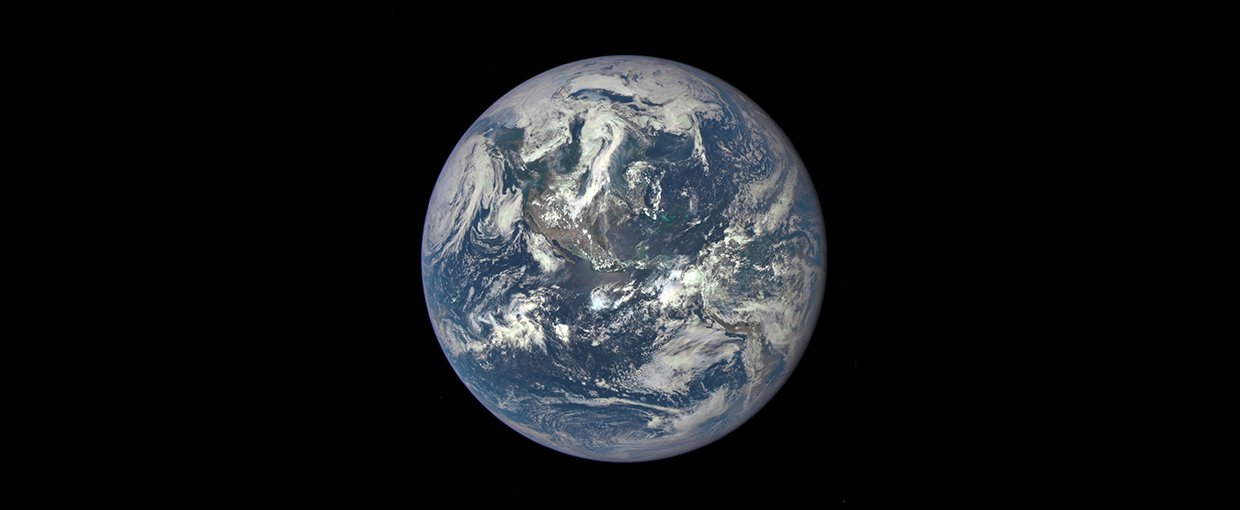
NASA-supported researchers have used observations of the Earth to better understand what the atmospheres of habitable, Earth-sized exoplanets might look like to the James Webb Space Telescope as they transit in front of their host stars. The results could help astrobiologists better understand data that Webb gathers as it observes distant worlds beyond the Solar System.
Webb will be used to characterize the atmospheres of some exoplanets that orbit within the habitable zone of their star. Scientists study objects in the Solar System, such as Earth, as a ground truth to validate the data that Webb gathers. In this way, our knowledge of the Earth can help astrobiologists predict what they might be able to see with Webb in the near future, and how best to interpret those observations. The new study specifically examines whether or not Webb could detect different gases in a planet’s atmosphere that could be signs of life.
The team of researchers found that, under the right conditions, Webb could provide a robust detection of a number of gases associated not only with habitability, but also with biosignatures and technosignatures (signs of technologically advanced civilizations) in the atmospheres of terrestrial planets around M Dwarf stars.

Arianespace’s Ariane 5 rocket with NASA’s James Webb Space Telescope onboard, is rolled out to the launch pad, Thursday, Dec. 23, 2021, at Europe’s Spaceport, the Guiana Space Center in Kourou, French Guiana.Image credit: NASA/Bill Ingalls.
The study, “Earth as a Transiting Exoplanet: A Validation of Transmission Spectroscopy and Atmospheric Retrieval Methodologies for Terrestrial Exoplanets,” was published in The Planetary Science Journal.
Related:
A New Method to Detect Exoplanet Atmospheres with Webb
Identifying Planetary Biosignature Impostors
Technosignatures and the Search for Extraterrestrial Intelligence
